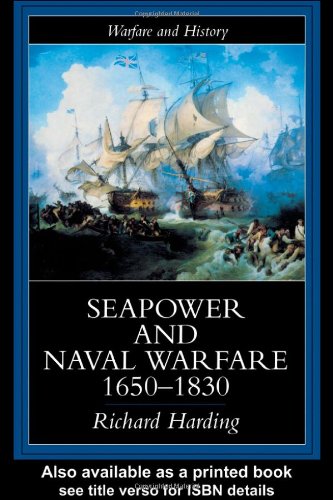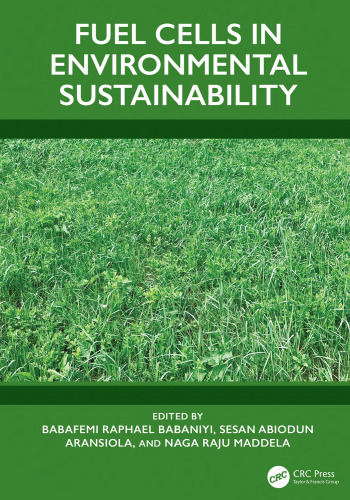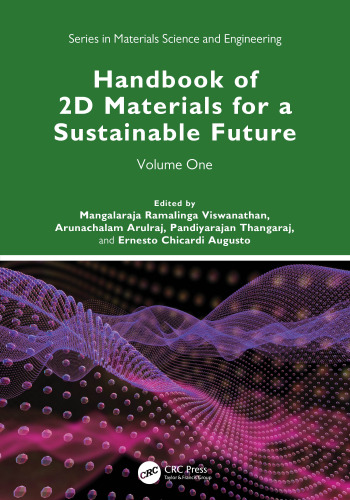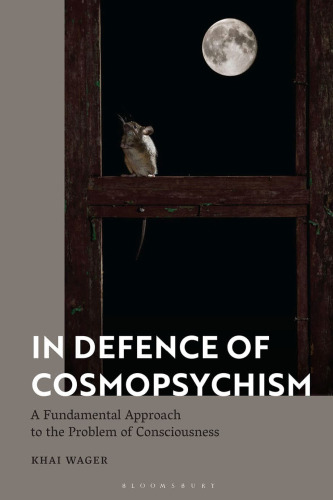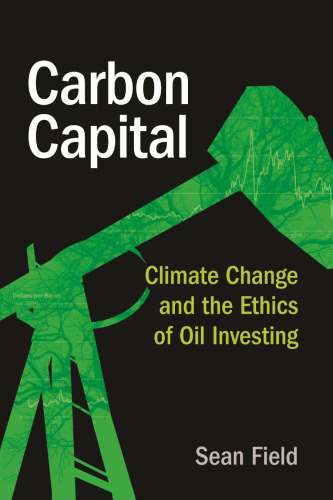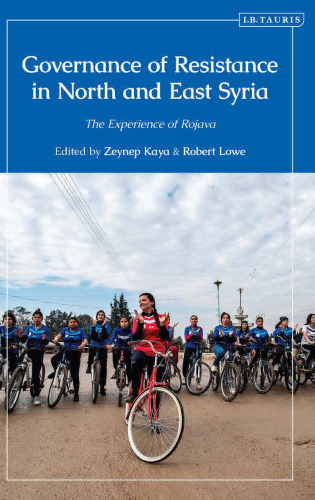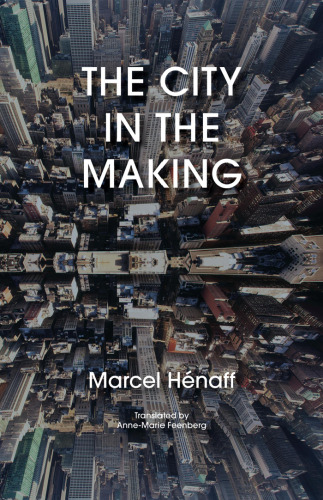The sea is the great barrier between land masses and, at the same time, the great highway of communication, open to anyone who can traverse it. Long before 1650 the world’s oceans and seas were being crossed by merchant vessels of many countries. States fought each other on the seas and used power at sea to pressure their enemies on land. However, it was in the two hundred years after 1650 that maritime affairs intruded deeply into the development of the world. By 1830 the sea was far less of a barrier than it had been in 1650. The technology of shipping, the science of navigation, the infrastructure of ports, systems for provisioning, financing and supply enabled people and goods to travel faster, further and safer than ever before. The volume and variety of world trade increased dramatically. The coastal regions of most parts of the world became familiar with trading vessels from far afield, and maritime communities based upon a cash economy had an unprecedented political, social and economic impact upon the agrarian hinterlands
چکیده فارسی
دریا سد بزرگی بین توده های خشکی و در عین حال بزرگراه ارتباطی است که برای هرکسی که بتواند از آن عبور کند باز است. مدت ها قبل از سال 1650 اقیانوس ها و دریاهای جهان توسط کشتی های تجاری بسیاری از کشورها عبور می کردند. کشورها در دریاها با یکدیگر جنگیدند و از قدرت در دریا برای فشار بر دشمنان خود در خشکی استفاده کردند. با این حال، در دویست سال پس از 1650 بود که امور دریایی عمیقاً در توسعه جهان نفوذ کرد. تا سال 1830، دریا در مقایسه با سال 1650 بسیار کمتر از سد بود. فناوری کشتیرانی، علم ناوبری، زیرساخت بنادر، سیستمهای تأمین مالی، تأمین مالی و تأمین مردم و کالاها را قادر ساخت سریعتر، بیشتر و ایمنتر سفر کنند. نسبت به قبل حجم و تنوع تجارت جهانی به طرز چشمگیری افزایش یافت. مناطق ساحلی بیشتر نقاط جهان با کشتیهای تجاری از راههای دور آشنا شدند و جوامع دریایی مبتنی بر اقتصاد نقدی تأثیر سیاسی، اجتماعی و اقتصادی بیسابقهای بر مناطق داخلی کشاورزی گذاشتند
ادامه ...
بستن ...
